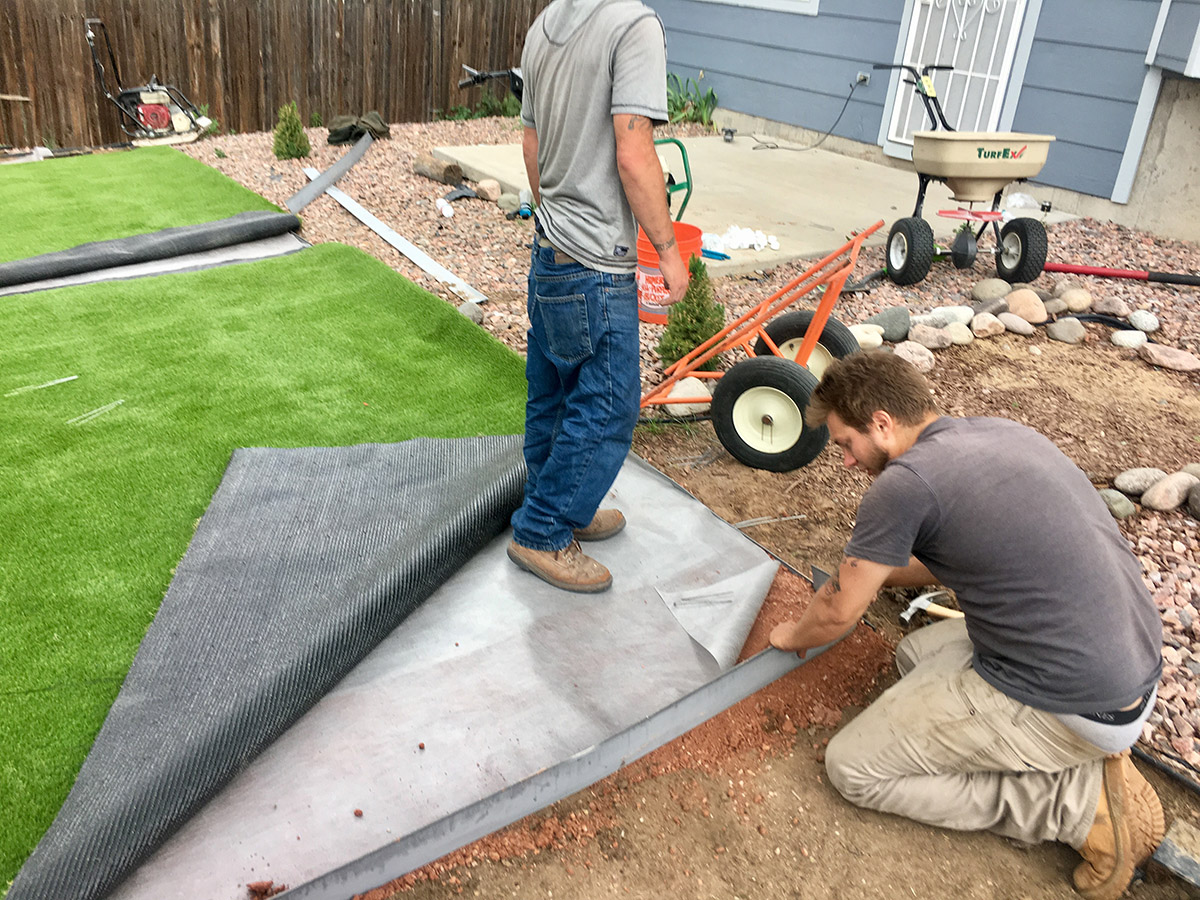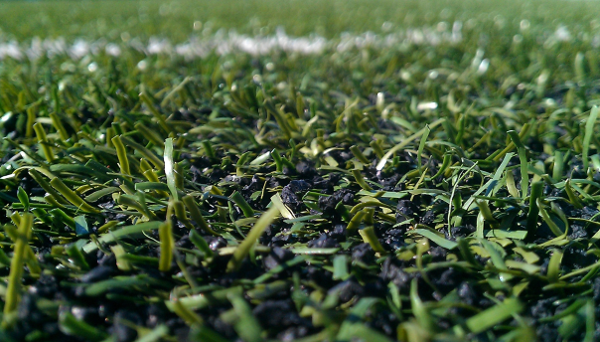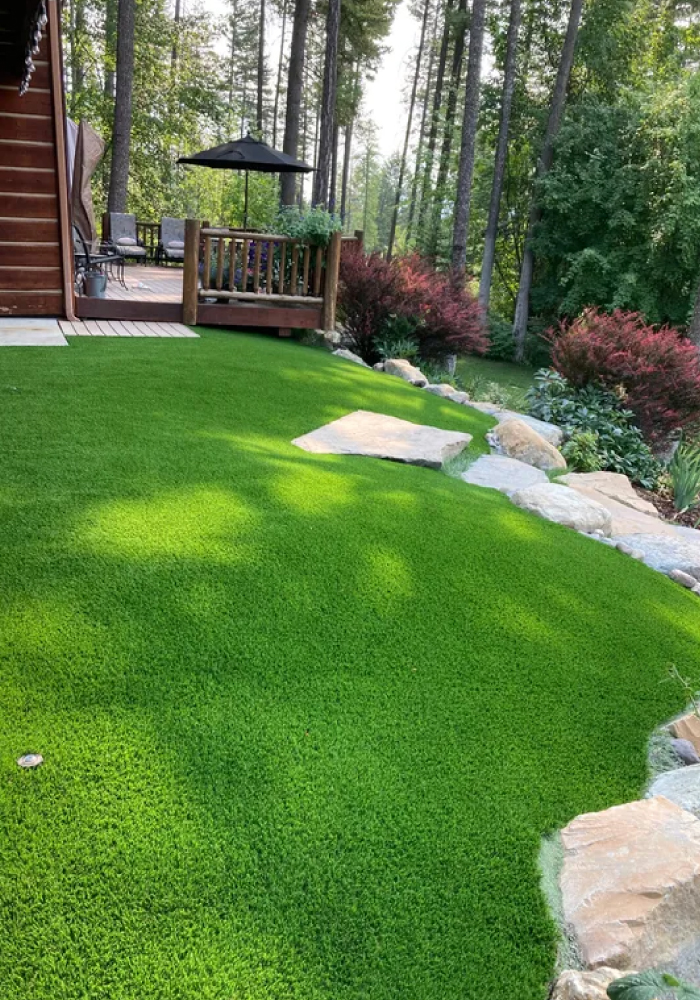Budget-Friendly Turf Installation Phoenix AZ for a Hassle-Free Lawn Option
Delve Into the Environmental Benefits of Opting for Artificial Lawn Solutions
The fostering of synthetic turf solutions offers a compelling opportunity to resolve pushing environmental obstacles. By dramatically minimizing water usage and lessening the application of dangerous chemicals, these options not only advertise sustainable landscape design but additionally safeguard local ecological communities. Additionally, the lower carbon impact related to lowered maintenance tasks adds to an extra lasting approach to land administration. The effects of these benefits prolong past plain conservation initiatives, raising concerns about their long-lasting influence on habitat conservation and general eco-friendly balance. Discovering these dimensions exposes a complicated interaction worth thinking about.
Water Conservation Advantages
One of the most significant advantages of man-made grass is its capability to save water. Typical grass lawns call for significant watering, particularly in areas susceptible to drought or water restrictions. On the other hand, synthetic turf does not need watering, significantly lowering the total need for water resources. This feature is specifically beneficial in deserts where water shortage is a pressing concern.
By getting rid of the requirement for regular watering, artificial lawn adds to sustainable landscape techniques and helps minimize the environmental influence of excessive water intake. The conservation of water expands to the reduction of overflow, which can lead to dirt disintegration and waterway contamination.
In addition, the installation of man-made lawn allows communities and homeowners to assign water sources more efficiently, concentrating on essential uses such as alcohol consumption water and farming. The shift towards synthetic lawn not only promotes accountable water usage yet additionally aligns with wider environmental objectives targeted at protecting natural resources.
As areas progressively prioritize sustainability, the water preservation benefits of fabricated turf provide an engaging situation for its fostering in business and household landscape design tasks.
Lowered Chemical Usage
The transition to artificial grass significantly reduces the reliance on chemical treatments commonly utilized in all-natural lawn maintenance. Conventional turf administration generally involves the application of herbicides, pesticides, and fertilizers to promote growth and control insects. These chemicals can position risks to human health, neighborhood wildlife, and the atmosphere, adding to soil and water contamination.
In comparison, man-made turf gets rid of the demand for these damaging substances. By lessening the release of synthetic substances into the ecological community, artificial lawn promotes healthier dirt and water systems.
Furthermore, the lack of chemical runoff connected with synthetic grass installments helps shield local waterways from air pollution, supporting water life and keeping biodiversity. Artificial turf companies phoenix. As areas increasingly prioritize lasting techniques, going with synthetic grass presents a practical option that straightens with environmental conservation objectives. Via this shift, property owners can delight in rich environment-friendly areas without compromising eco-friendly health, paving the means for a much more sustainable future
Reduced Carbon Impact

In addition, the installation of man-made lawn can cause substantial water conservation. Natural yards call for substantial amounts of water for irrigation, which not only contributes to the carbon footprint connected with water removal and therapy but also stress neighborhood water sources. On the other hand, synthetic grass requires minimal maintenance, needing no watering, thus dramatically decreasing water use and its connected power costs.
Furthermore, the longevity of fabricated lawn contributes to its decreased carbon influence. With a life-span of this content up to 15 years or even more, the need for frequent substitutes is decreased, resulting in much less waste and reduced power intake in production and getting rid of standard turf alternatives. Overall, synthetic turf offers a lasting choice for ecologically conscious landscape design.
Environment Preservation
Habitat conservation is an important consideration in the argument over landscaping selections, specifically when comparing artificial lawn to all-natural turf. All-natural yard lawns typically require extensive upkeep, consisting of using chemicals, fertilizers, and herbicides, which can negatively affect local communities. These chemicals can seep into the dirt and waterways, harming indigenous flora and animals and interrupting local environments.
In contrast, fabricated grass provides an opportunity to reduce the environmental footprint of landscape design. By choosing for artificial turf, house owners can minimize the interruption of all-natural habitats related to traditional yard treatment techniques. Synthetic lawn eliminates the requirement for harmful chemicals, consequently protecting close-by wild animals and maintaining the honesty of surrounding ecological communities. Additionally, the installation of synthetic lawn can cause the conversion of previous turf locations into even more biodiverse landscapes, such as pollinator yards or native plant locations, which can support neighborhood wildlife.
Inevitably, the shift to synthetic grass not just conserves water and lowers upkeep efforts yet likewise cultivates a much more unified connection between human tasks and the natural environment, advertising habitat conservation while doing so.
Long-Term Sustainability
Lasting sustainability is a vital consider assessing the advantages of artificial lawn over conventional turf lawns. Among one of the most considerable benefits of synthetic grass is its longevity; it can last as much as 15-20 years with very little upkeep, whereas all-natural turf requires constant reseeding and replacement. This their explanation long life lowers the demand for continuous resources, such as water, plant foods, and chemicals, which are crucial for maintaining a healthy and balanced turf lawn.
Furthermore, artificial lawn adds to a reduction in carbon emissions connected with grass care tools. Standard yards commonly need gas-powered mowers, leaners, and blowers, every one of which add to air pollution. Arizona turf. On the other hand, artificial lawn gets rid of the need for such equipment, promoting a cleaner setting
Moreover, the manufacturing of artificial lawn significantly utilizes recycled materials, enhancing its sustainability profile. As manufacturers adopt green practices, the ecological footprint of synthetic grass remains to diminish.

Conclusion
The fostering of man-made turf remedies provides substantial Artificial turf companies phoenix environmental benefits, including significant water preservation, lowered dependence on damaging chemicals, and a lower carbon footprint. Artificial lawn aids in preserving all-natural habitats by lessening land disturbance and advertising long-term sustainability via the usage of durable products. Collectively, these variables underscore the capacity of artificial grass to add positively to environmental health and wellness and offer a sensible alternative to standard landscape design techniques in an increasingly resource-conscious world.
In comparison, artificial grass does not need watering, considerably lowering the overall demand for water resources. By decreasing the release of artificial substances into the ecological community, artificial grass advertises much healthier dirt and water systems.
Furthermore, the installation of synthetic grass can result in significant water preservation. In comparison, artificial turf needs minimal maintenance, needing no watering, consequently dramatically reducing water usage and its associated energy costs.
